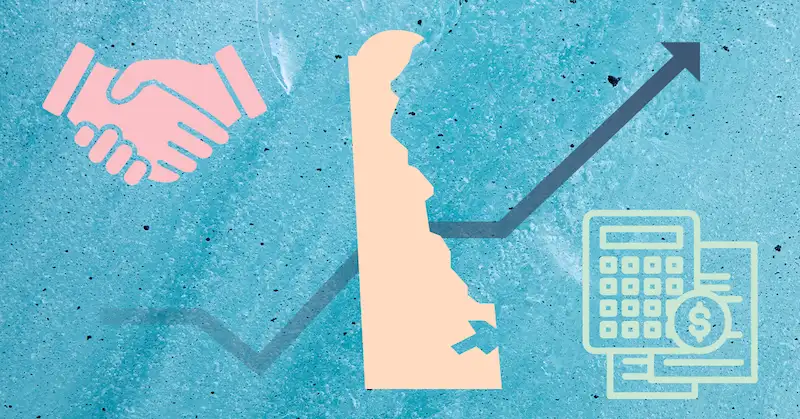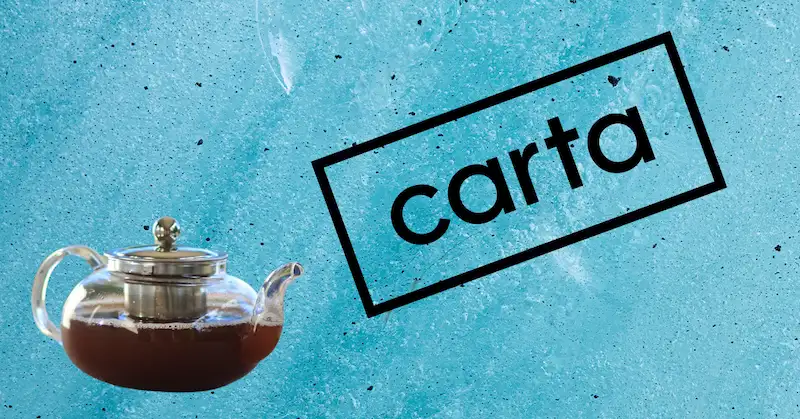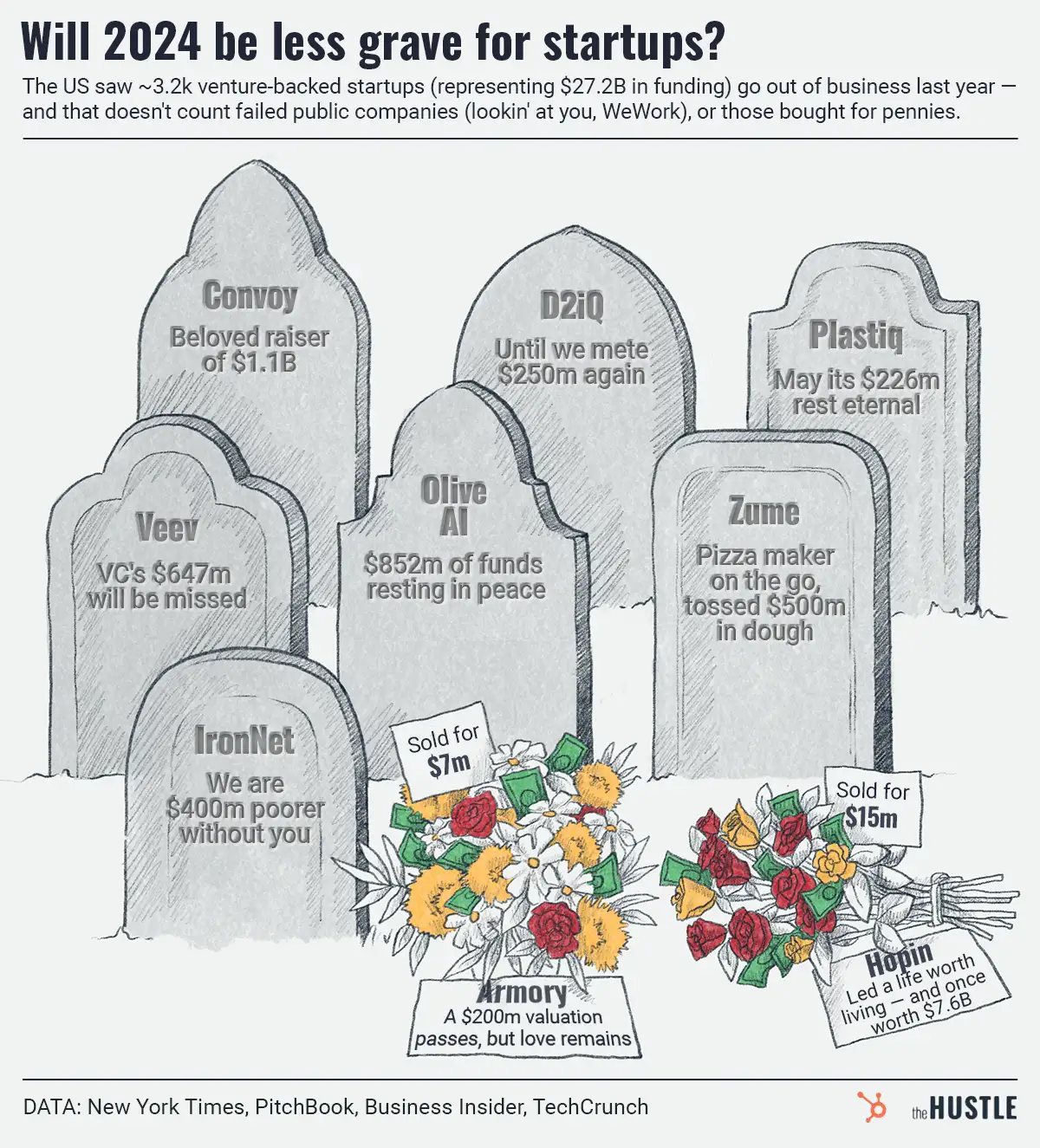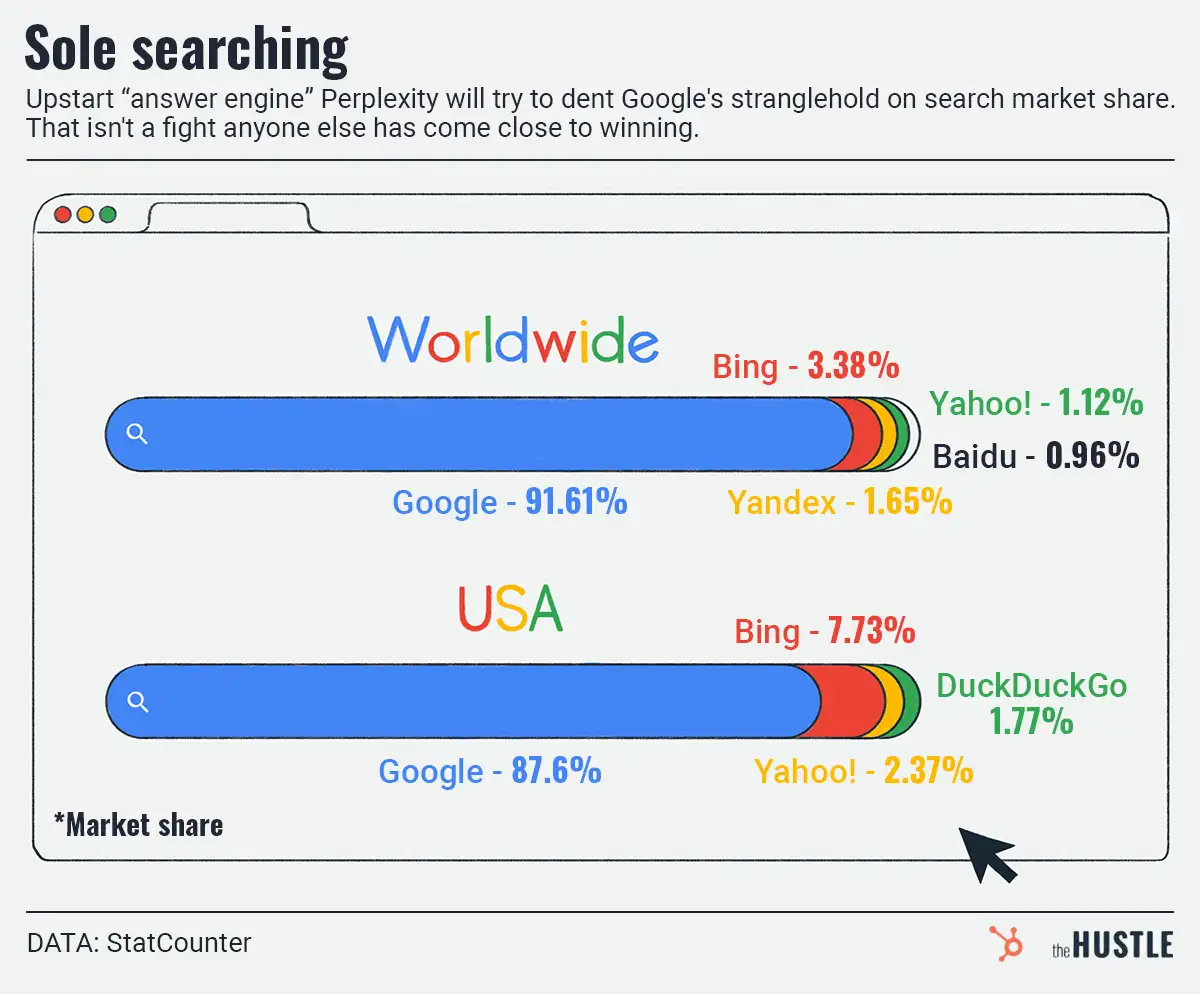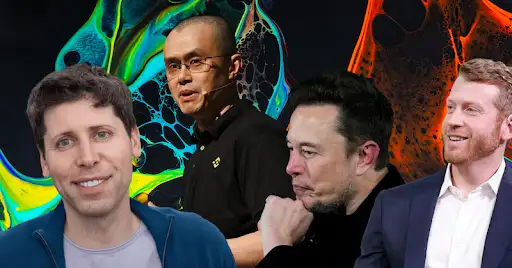A TL;DR timeline (for lazy readers):

2004: Jason Goldberg starts his first company, Jobster.com
2007: After raising ~$50m, Jobster starts losing steam; Jason steps down as CEO
2008: Jason founds Socialmedian, sells for $7.5m less than one year later
2010: Jason founds Fabulous, a gay social network
2011: Fabulous pivots to Fab.com, an ecommerce site
2011-2013: Fab raises more than $330m, grows to 10m users, valued at $1B+
2014: Fab faces revenue shortfalls, massive layoffs; company is burning through $14m/mo
2015: Fab reportedly sold for around $15-30m (one-tenth of its 2013 valuation)
2015: Jason sells flailing Hem at a loss
2016: Jason launches Pepo (social media app), raises $2.3m
2017: Jason launches Simple Token, a platform for brands to make their own cryptocurrency
In November of 2014, CEO Jason Goldberg sat at his desk looking over a term sheet to sell Fab.com, the company he’d spent the past few years of his life building.
Fab had raised $336m since rebranding itself as an ecommerce platform in 2011. At one point, it had been a certified unicorn, valued at over $1B. It had 750 employees on multiple continents, a schmaltzy NY office, and an enormous warehouse stocked with products. Now, it was selling for less than one-tenth of its original valuation.
As a serial entrepreneur, Goldberg has experienced ups and downs. But this was different. This was a screw up of massive proportions. How’d he get here?
The “geeky kid on the block”
Growing up in Rockville, Maryland, Goldberg was “always the first kid in the neighborhood to get the newest computer when it came out.” He spent his early days programming on an Atari 400 with his dad.
Later, as an undergrad at Emory University, he was drawn to politics — and after graduating, he “stumbled” his way into working on Bill Clinton’s first campaign.
Jason Goldberg
When Clinton won, Goldberg was hired as a special assistant to the President’s chief of staff, Erskine Bowles. He was there when the internet was first implemented at the White House in 1994, and witnessed, first hand, the impending gold rush of opportunities it had in store.
In ‘98, at the “height of the dot-com bubble,” he packed his bags for California, where he simultaneously earned an MBA at Stanford and developed digital strategies for AOL Time Warner and T-Mobile.
Then, he decided to strike out on his own
By 2002, Goldberg felt he had the requisite tools to found his own startup. After two years of planning, he and his buddy, Phillip Bogle (now a software engineer at Google), moved to Seattle and launched Jobster — a B2B job referral site.
“Reid Hoffman [of LinkedIn] ]and I had very similar ideas at the same time,” he tells me. “His approach was build out a consumer network — a ‘who knows who knows who’ that could be monetized. We were focused on enterprise.”
At first, Jobster was a big hit. The company raised $52.5m from investors and was cited as one of Seattle’s fastest-growing, hottest companies. In an unorthodox move for a young startup, Goldberg used the new capital to buy out a series of other companies and began scaling the team at lightning speed.
Screenshot of Jobster.com (circa 2008)
But a big problem lurked beneath the veneer of success.
“We were so focused on growth, that the product itself suffered,” he says. “We were good at selling a vision, but we weren’t able to deliver on the products we promised.”
As Jobster struggled to figure out its business model, Goldberg laid off 41% of the company, frantically slashed costs, watched as a number of his executives jumped ship. In 2007, Goldberg stepped down as CEO — and the company eventually sold for “pennies on the dollar.”
Once heralded as Seattle’s next big tech titan, Goldberg had become the city’s pariah-in-residence.
“The blame is all mine,” he says. “With Jobster, I really learned that no amount of marketing or sales can make up for not getting the product right.”
On to the next one
After Jobster, Jason Goldberg found himself marooned in Seattle. “The city didn’t have a developed culture that was okay to fail,” he says. “I was very vocal about failure, and it didn’t go over well there.”
So, he took off for New York.
Goldberg wasted little time getting back on the horse. In early 2008, he founded Socialmedian — a personalized news filter that aggregated news stories from around the web and organized them into categories.
This time, instead of seeking a massive infusion of capital, Goldberg relied on a small seed round of $560k. “I was trying to learn from Jobster,” he says, “So I raised very little equity.”
Later that year, Goldberg was in London meeting with some clients when Lehman Brothers collapsed, sparking an international financial crisis. He immediately stopped what he was doing and called 3 companies who’d previously offered to buy him out.
“I said whoever gives me the best offer by the end of today gets it,” he recalls. The best offer came from Germany-based social network XING: $4m in cash, and an earn-out valued at up to $3.5m. Goldberg took the deal.
“Socialmedian was everything Jobster wasn’t,” he says. “It was about keeping things small and focusing on the product. And in the end, it worked out for us.”
As part of the deal, Goldberg relocated to Germany and joined XING as a VP. Eventually, he was promoted to CTO, and helped boost the company’s share price from $30 to $70. Things seemed to be turning around for him. He’d gotten his mojo back.
The big fail
By 2010, the serial entrepreneur in Jason Goldberg was ready to strike out on his own again. So, he teamed up with Bradford Shellhammer, a designer and close friend, and launched Fabulis — a social network for gay men.
In June 2011, with a few million in seed funding already secured, the duo decided to pivot to something entirely different: a flash sales site centered around daily design inspirations. They called it Fab.com.
Fab sold third-party items from boutique design shops that were curated with Brad’s quirky eye for style. Under their model, they could sell limited amounts of inventory at a discount for one- or two-day periods and test the waters for larger bulk orders. They thrived on offering items people couldn’t find anywhere else.
A drawing on a napkin that led to the creation of Fab.com
The decision proved to be a prudent one.
Fab reached 1 million members just 5 months after re-launching, faster than goliaths like Facebook, Twitter, and Groupon. After their first year, they went from $18m to $112m in sales, snapped up veteran execs, and started getting buzz as one of the “fastest-growing startups in the world.”
Investors were attracted like moths to a lantern: between 2011 and 2013, Fab raised an astounding $333.7m in capital from the likes of Andreessen Horowitz, Menlo Ventures, and Ashton Kutcher. Soon, it achieved a valuation of more than $900m.
The company basked in the limelight. Goldberg was flying around Europe giving a presentation titled “From Zero to Hero in 9 Months.” They invested in a two-story office space in NYC, and a massive inventory warehouse in New Jersey. The team grew dramatically.
And then — just like Jobster — everything began to come crashing down.
Jason Goldberg at his desk in the Fab NYC office source: OfficeSnapshots.com
The trouble began in 2012 when Fab decided to purchase 3 “clone” competitors for $60-100m and make a push into the European market. But the company hadn’t yet solidified its business plan, and the premature expansion was mismanaged. The company also expanded its roster of products from 1k to 11k, which chipped away at its quirky, boutique feel.
“At first, hardly anything on Fab was on Amazon,” says Goldberg. “By 2013, 80-90% of the products we sold were on Amazon — with lower prices and free 2-day shipping.”
By October of 2013, Fab had burned through $200m of its $336m in funding, and cut huge swaths of its staff — and Goldberg began to backtrack.
“We have a serious problem,” he wrote in a 5-page letter to his employees. “We spent $200M in the past 2 years… and we have not proven out our business model. We are the most heavily funded startup in NYC in our life cycle and we have spent 2/3 of the cash … Holy shit this is a big deal.”
Sh*t, I’m F*cked
“We started to lose the curation edge,” says Goldberg. “I remember we were all sitting around doing a preview of our products, and my team was like, ‘This is not inspiring at all.’ Our best-selling product was a t-shirt with a giant picture of an animal on it. Just crappy stuff. And I thought, ‘Is this really going to work out?’”
Goldberg’s co-founder, Bradford Shellhammer, a “quirky guy, who set the style of the company,” eventually grew unhappy and departed on mutual terms.
Meanwhile, Fab increased its burn rate to as much as $14m a month. And Goldberg had to cope with letting employees go. By December of 2013, only 150 of Fab’s 700 employees remained.
“It was death by 1,000 cuts,” says Goldberg. “It was many of the same problems from before: We grew too fast, went international too fast, built out of warehouses too fast.”
The next year was focused on damage control.
“There was a point in 2014, in one of the board meetings, where we had a chart that showed the burn rate. We had reduced it from $11m to $1m a month,” says Goldberg. “One of the board members turned to me and said, ‘This is the best chart I’ve ever seen at this company.’ That was tough.”
Animal t-shirts on the Fab.com platform: the beginning of the end
By June of 2014, Goldberg had begun working on another project within Fab — a new ecommerce company called Hem, which would focus on “original, high-end home goods.”
He decided to invest what was left of Fab’s funding — about $80m — into Hem, and sell off Fab’s remaining assets. In early 2015, he finalized a deal with PCH Innovations to sell for a deal reported in the ballpark of $15-30m, a fraction of what Fab what once worth. Hem eventually sold for even less.
“My personality is that I always want to make everyone happy,” says Goldberg. “I let down our investors, and it was a terrible feeling.”
At the same time, Goldberg says this “make everyone happy” attitude led to strong bonds with his investors that last to this day. “Give some of those early investors a call and ask him what they think of Jason Goldberg,” he tells me. “I’m sure they would invest in a Jason Goldberg company again..”
… And they did
Goldberg’s track record since selling Fab proves that last statement to be true.
In 2016, he launched Pepo, a messaging app “that enables anyone to create and join live messaging communities.” The company has raised $2.3m from investors — including Tencent, one of the largest investors in Fab.
This year, he also launched Simple Token, a platform to help brands make their own cryptocurrencies.
“Look, I’ll always be the guy who fucked up fast. Period,” he says.
“But I’m also not the kind of person who is going to bury my head in the sand, lie on the beach, and tune out. I want to build stuff.”






